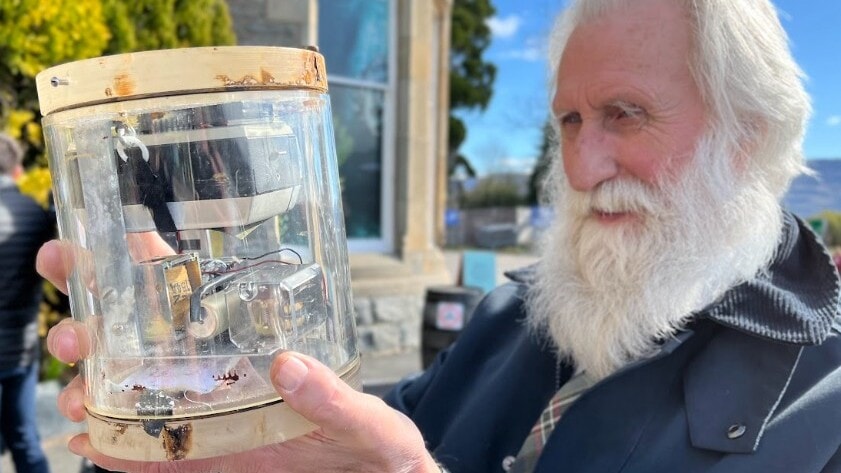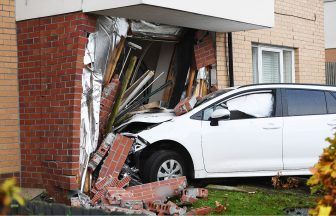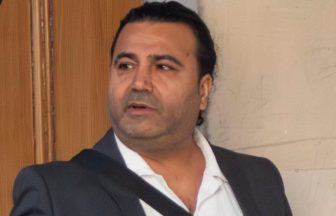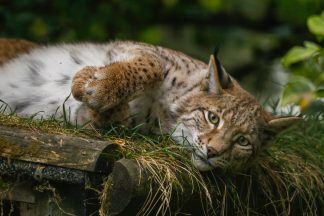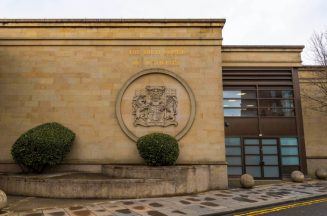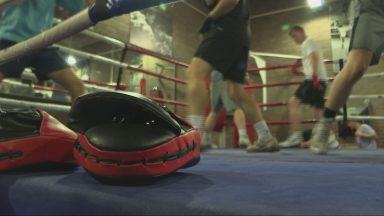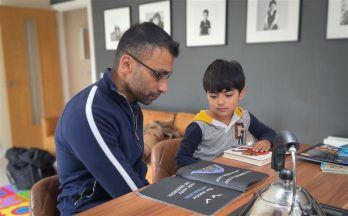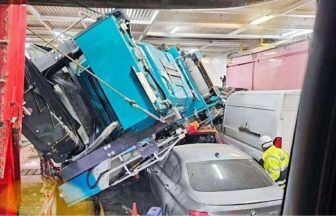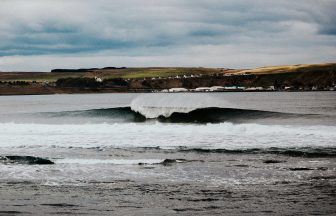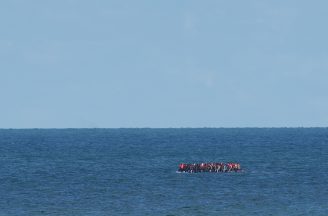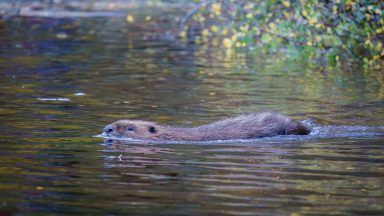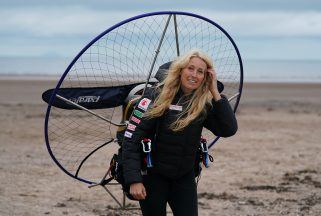A camera trap planted more than 50 years ago in the hopes of snapping an image of the elusive Loch Ness monster has been pulled from the water.
The advanced underwater vehicle, named Boaty McBoatface, was conducting trials in the loch and accidentally found an underwater camera system.
It is thought that Professor Roy Mackal of the Loch Ness Investigation Bureau and the University of Chicago placed the intricate trap, discovered at around 180m deep, in the water in 1970.
No images of Nessie have been found on the camera, however, a few pictures of the loch’s depths have been developed.
Adrian Shine, who set up The Loch Ness Project in the mid-1970s, helped to identify the camera and says it was one of six deployed by Professor Mackal, with three of them lost in a gale that same year.
Mr Shine said: “It was an ingenious camera trap consisting of a clockwork Instamatic camera with an inbuilt flash cube, enabling four pictures to be taken when a bait line was taken.
“It is remarkable that the housing has kept the camera dry for the past 55 years, lying around 180 m deep in Loch Ness.”
The UK’s National Oceanography Centre has been developing advanced autonomous vehicles for over 30 years.
Its latest robotics trials in Loch Ness involve testing two Autosub vehicles, one that’s used for mapping seabed habitats and another used for long-range autonomous operations.
Sam Smith, ALR operations engineer, from NOC’s Marine Autonomous Robotics Systems (MARS) group, said: “At 230 m deep, Loch Ness is an ideal location to testing our robotics, their sensors and systems, before they’re deployed in the deep ocean to help answer the big questions we have.
“While this wasn’t a find we expected to make, but we’re happy that this piece of Nessie hunting history can be shared, and perhaps at least the mystery of who left it in the loch can be solved.”
The film, camera and its housing have now been handed to The Loch Ness Centre, in Drumnadrochit, near to where it was found, to allow it to be put on display as a part of the loch’s rich Nessie hunting history.
Nagina Ishaq, general manager of The Loch Ness Centre, home of The Loch Ness Project, added: “It’s been over 90 years since the first sighting of Nessie, since then there have been many expeditions to find the elusive beast.
“We are guardians of this unique story and, as well as investing in creating an unforgettable experience for visitors, we are committed to helping continue the search and unveil the mysteries that lie underneath the waters of the famous Loch.
“We want to say a big thank to NOC for handing over the film and camera, that we believe has been hidden for over 50 years, for everyone to come and discover and be inspired by what could be hidden in the mysterious loch.”
Follow STV News on WhatsApp
Scan the QR code on your mobile device for all the latest news from around the country


